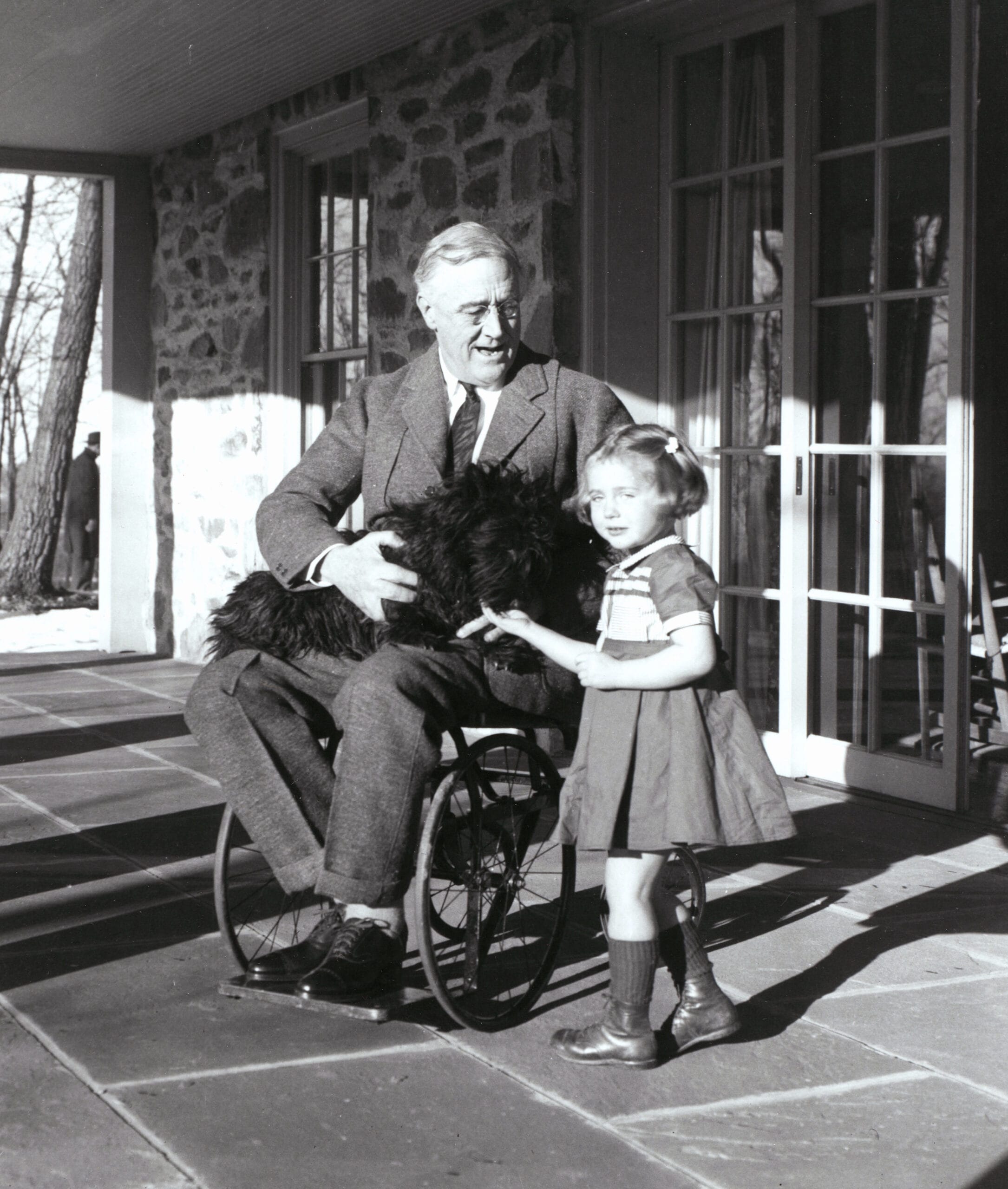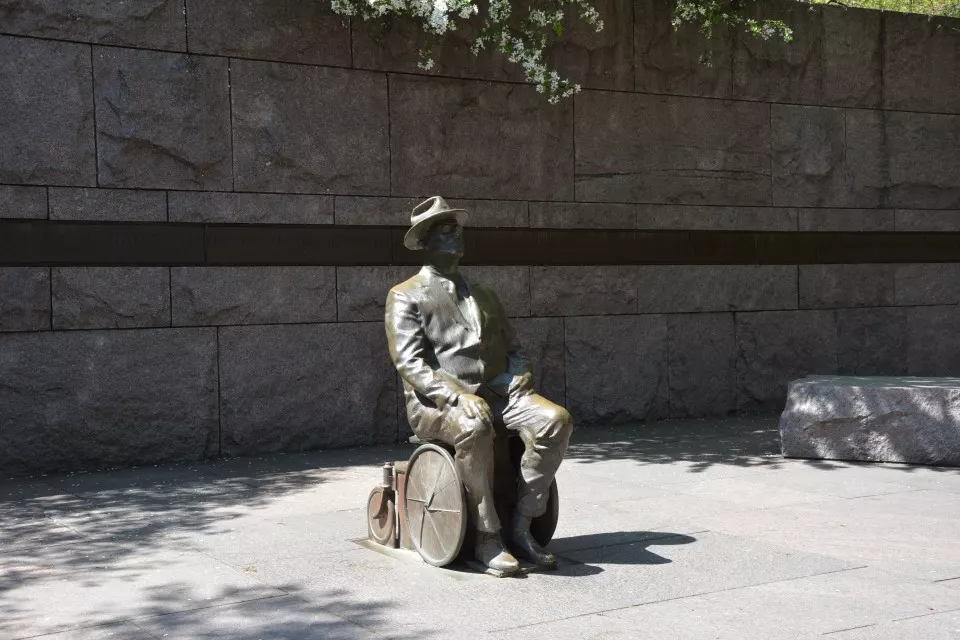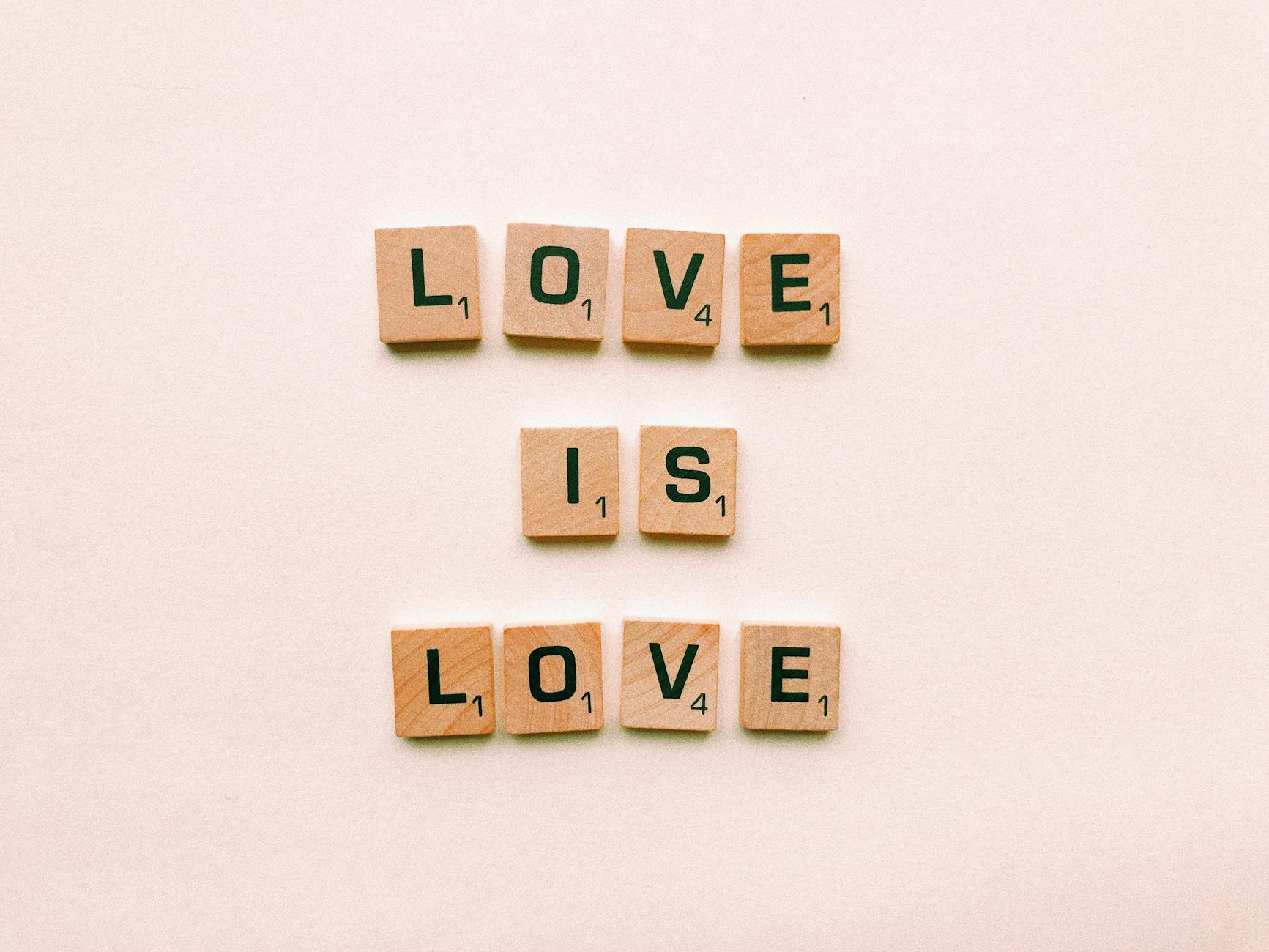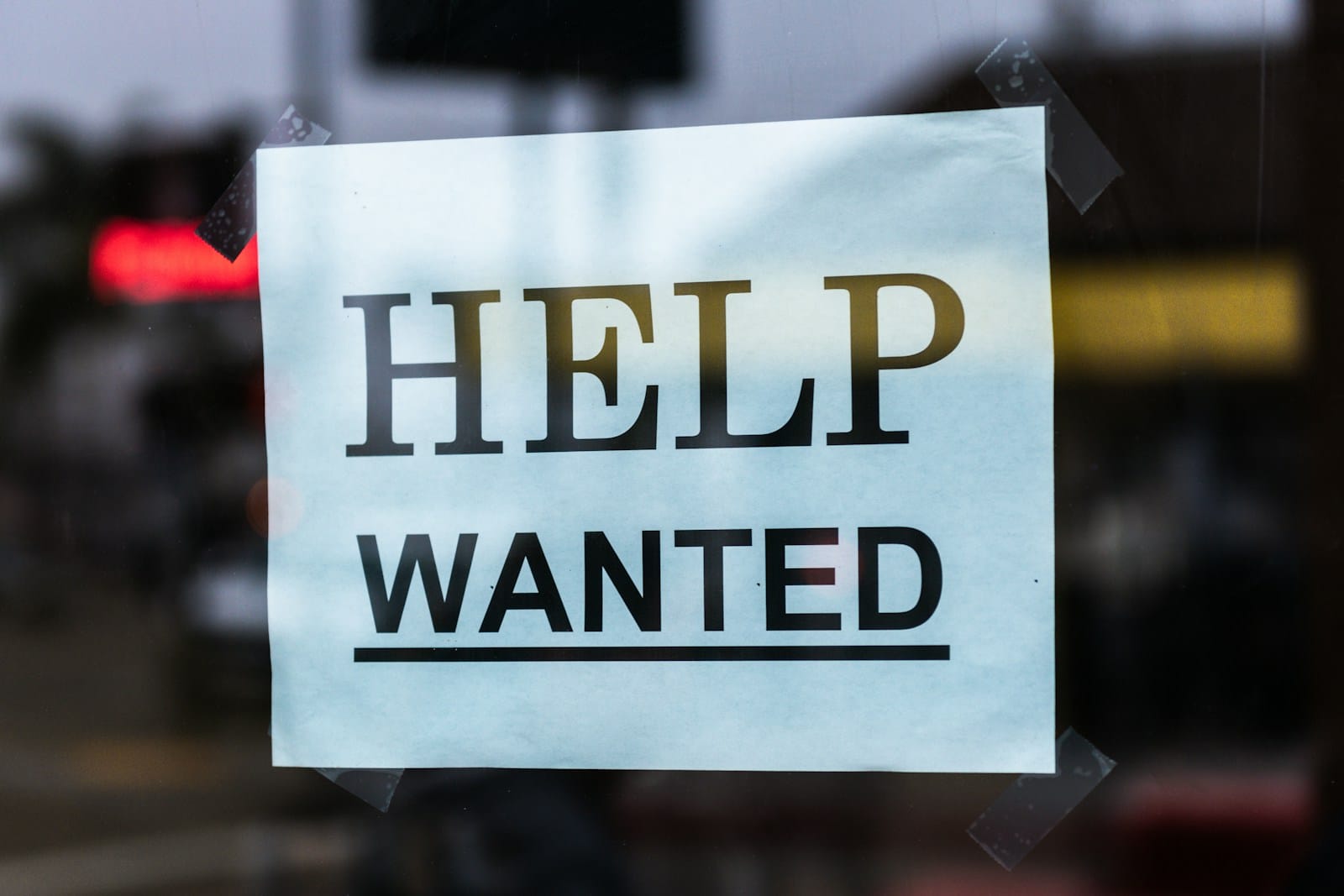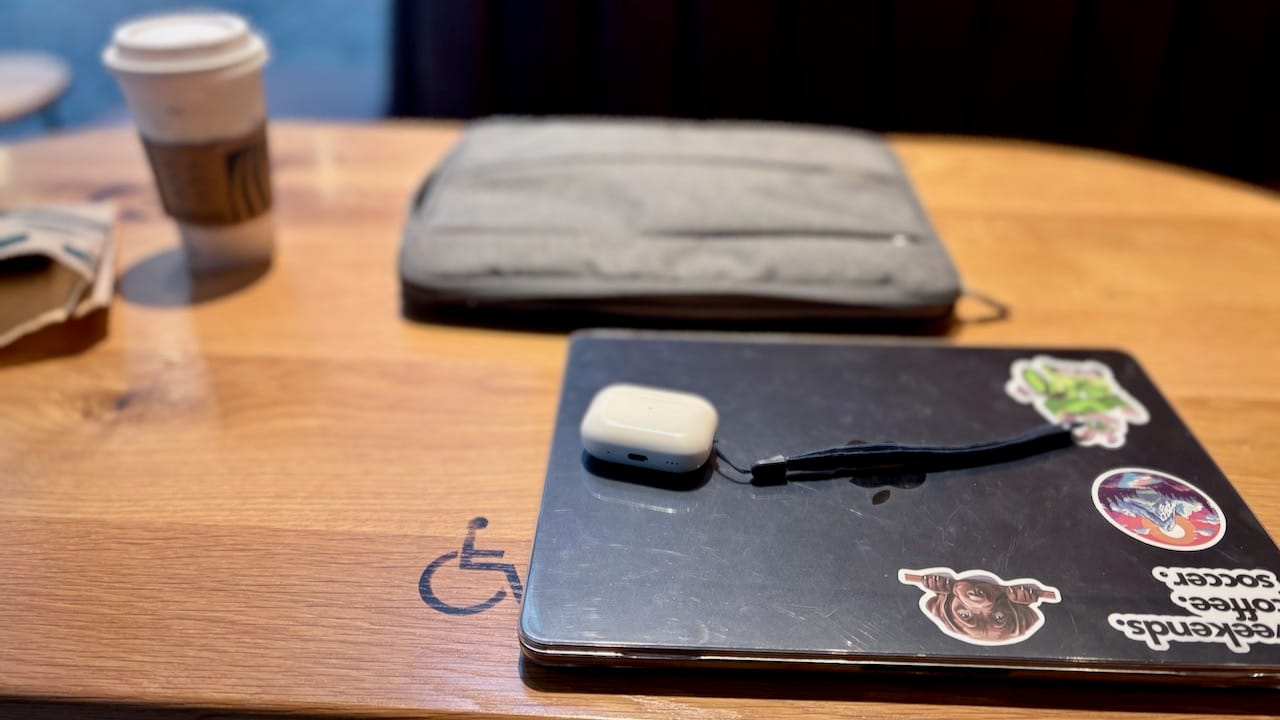I have been receiving support services through personal care assistant (PCA) hours for over twenty years. Over this time, I have worked with many different PCAs, each bringing unique skills and compassion to their work.
My first PCA, Colleen, was a warm face every morning and evening. She helped to keep my apartment looking clean. She made sure I had plenty of food in the refrigerator. I could easily grab it after coming home from a long day of college classes. She had been a PCA for a long time and knew the ins and outs. She even helped me find resources to cover medical supplies. Until then, I had been paying for these out of my own pocket.
Towards the end of our two years working together, I was finishing my two-year degree. We grew close and became good friends. I don’t keep in touch as much as I’d like. However, I think about her from time to time. I thank her for everything she did.
My current PCA, Jason, and I came to work together in a unique way. He has been a longtime friend and now current partner. When I could no longer afford to cover the cost of my apartment, I asked him to move in.
He saw firsthand the struggles I had keeping staff. He was there when a PCA quit on her first day. She quit because she saw we had a cat. We explicitly told the agency that any person who works in my home must be okay with cats.
Jason was there when the staff would show up late or not show up at all. He often filled in without being paid. I was getting frustrated with the issues. He needed the extra cash. So I asked him to officially work with me, and we’ve been doing great ever since.
These experiences highlight the invaluable role PCAs play in my life. They make it possible for me to live independently. I can focus on the things that truly matter. These hours have allowed me to live independently and use my energy in meaningful ways.
The Importance of Personal Care Assistants (PCAs)
Before I had PCA hours, I had to complete a vast majority of the housework on my own. For most people, this is not a huge problem, but for me, some of these tasks can be extremely draining.
The Challenges of Daily Tasks Without PCA Support
Take laundry, for example. Before I had PCA services, I had to drag the laundry basket to the washing machine down the hall. Then, I struggled to load a basket’s worth of clothes into the machine. Once it was finished, I had to stand next to the machine to unload the clothes into the dryer. The easiest part was getting them out of the dryer and back into the basket. Then came the long drag back to my apartment. By the time I got everything folded and put away, I was ready for a nap. Many times, I would get the clothes washed and dried. However, they might have to wait to be folded. I had more pressing tasks, such as getting groceries for the following week.
Out of all the household tasks, grocery shopping was by far the hardest. This was before online ordering and home delivery became widely available. I would have to take the paratransit to the local grocery store. I could only purchase what I could carry on my lap. If paratransit was not an option, I would wheel my manual wheelchair to the store.
By the time I got back home, I was exhausted. I would often develop blisters on my hands. This happened even though my dad gave me a pair of fingerless gloves to use.
My family would sometimes make the hour-and-a-half drive to see me. Most of the time, they would also take me to the store. This allowed me to buy a large supply of food.
Now that I have PCA hours, I worry about losing them. If they were cut back, it would significantly impact my overall well-being. However, I do not foresee this happening for me.
Unlike many who rely on PCA hours, my PCA lives in the home with me. This means I do not have to worry about whether they will show up. I do not have to worry if the agency can find someone to fill in. This is important if the usual staff is unavailable.
The Impact of Immigration Policies on Caregiver Availability
A Minnesota Star Tribune article highlights a critical issue. Minnesota relies on immigrant and refugee workers to provide essential care. These individuals care for those with disabilities, chronic illnesses, and the elderly.
A 2024 study by the Minnesota Department of Employment and Economic Development states an important fact. Over 20% of direct support professionals in the state are immigrants.
The demand for home health aides and personal care assistants is projected to grow by 25% over the next decade. However, workforce shortages persist. High turnover rates exceeding 50% annually contribute to these shortages.
Many current and potential caregivers are immigrants. They come from countries such as Liberia, the Democratic Republic of the Congo, Ethiopia, and Somalia. Restricting new entrants from these regions could severely impact the availability of qualified personnel in the caregiving sector. It would worsen the existing workforce crisis. This could leave thousands of individuals without critical support. Many individuals would not receive essential care for disabilities, chronic illnesses, and the elderly.
These direct support professionals are indispensable in delivering daily assistance and ensuring the well-being of vulnerable populations. However, recent federal immigration policies, including increased deportations and the suspension of refugee resettlement, pose significant challenges to this workforce.
Medicaid Waiver Cuts and the Risk to Independent Living
Another Minnesota Star Tribune article highlights concerns among Minnesotans with disabilities. These concerns are about proposed state budget cuts to Medicaid waivers. These waivers are essential for funding services that enable individuals to live independently. They cover costs for personal care assistants, specialized equipment, and transportation not typically covered by insurance.
Governor Tim Walz has proposed capping annual inflationary increases for these waivers at 2%. This is a significant reduction from the current 6% growth rate. This proposal aims to address a looming budget deficit projected for 2028. The shortfall is partly due to higher-than-anticipated Medicaid spending on disability services.
However, advocates argue that such cuts could compromise the quality of care. They could force individuals into institutional settings. This would reverse progress made in supporting independent living for people with disabilities.
“My brother sacrificed his limbs to the caregiver shortage”
Real-Life Consequences of the Caregiver Shortage
These staffing shortages are more than just an inconvenience for those who rely on these services. They can be a matter of life and death. In the fall of 2022, Dennis Prothero lost his legs due to a shortage of care workers.
Paralyzed from an accident in 2004, Dennis required assistance with daily living skills. In the summer of 2022, he lost his vital caregiving support. As a result, he was forced to spend 24 hours a day in his wheelchair. The constant pressure led to severe sores. These sores went untreated due to the lack of available staff. Ultimately, this resulted in an emergency amputation to stop the spread of infection. Dennis’s older sister, Gayle King, told the Minnesota Star Tribune, “My brother sacrificed his limbs to the caregiver shortage.”
Unhappy Ending
Tragically, this was not the end of Dennis’s story. He was weakened by surgery and a prolonged hospital stay. Then he contracted bacterial pneumonia and COVID-19. These illnesses ultimately claimed his life in early December 2022. He was 68 years old.
Dennis was more than just a statistic. He was a son, a brother, a father, and a friend to many, including me. We never met in person. However, we chatted online over the years. We bonded over our shared love of photography, cars, and our service dogs from Can Do Canines.
What Can Be Done to Address These Issues?
If these changes at both the state and federal levels were enacted, I would not likely be affected. I have live-in staffing. I do not rely on any of the programs the governor is looking to trim. However, I know that countless friends and loved ones could be affected.
Changes are necessary to ensure financial sustainability. However, those changes should not come at the cost of some of our most vulnerable citizens.
Sources
- Olson, J. (2022, November 19). Stranded without care: Minnesota man loses limbs because of severe staffing shortage. Minnesota Star Tribune. https://www.startribune.com/stranded-without-care-minnesota-man-loses-limbs-because-of-severe-staffing-shortage/600222357
- Olson, J. (2023, January 27). Veteran Dennis Prothero, who lost limbs due to caregiver shortage, dies at 68. Minnesota Star Tribune. https://www.startribune.com/dennis-prothero-health-caregiver-staffing-shortage-crisis-veteran-stillwater-minnesota-obituary/600252469
- Van Berkel, J. (2025, February 15). Minnesota lacks caregivers: What could Trump’s policies mean for a workforce that relies on immigrants? Minnesota Star Tribune. https://www.startribune.com/minnesota-lacks-caregivers-what-could-trumps-policies-mean-for-a-workforce-that-relies-on-immigrants/601223265
- Van Berkel, J., & Walsh, J. (2025, February 5). Minnesotans with disabilities say state’s proposed budget cuts would bring us backward. Minnesota Star Tribune. https://www.startribune.com/minnesotans-with-disabilities-say-states-proposed-budget-cuts-would-bring-us-backward/601217259
- Minnesota Department of Human Services. (n.d.). The direct care workforce shortage in Minnesota. Retrieved from https://mn.gov/dhs/partners-and-providers/news-initiatives-reports-workgroups/long-term-services-and-supports/workforce/index.jsp
- U.S. Bureau of Labor Statistics. (2024, September 6). Home Health and Personal Care Aides. Occupational Outlook Handbook. Retrieved from https://www.bls.gov/ooh/healthcare/home-health-aides-and-personal-care-aides.htm


